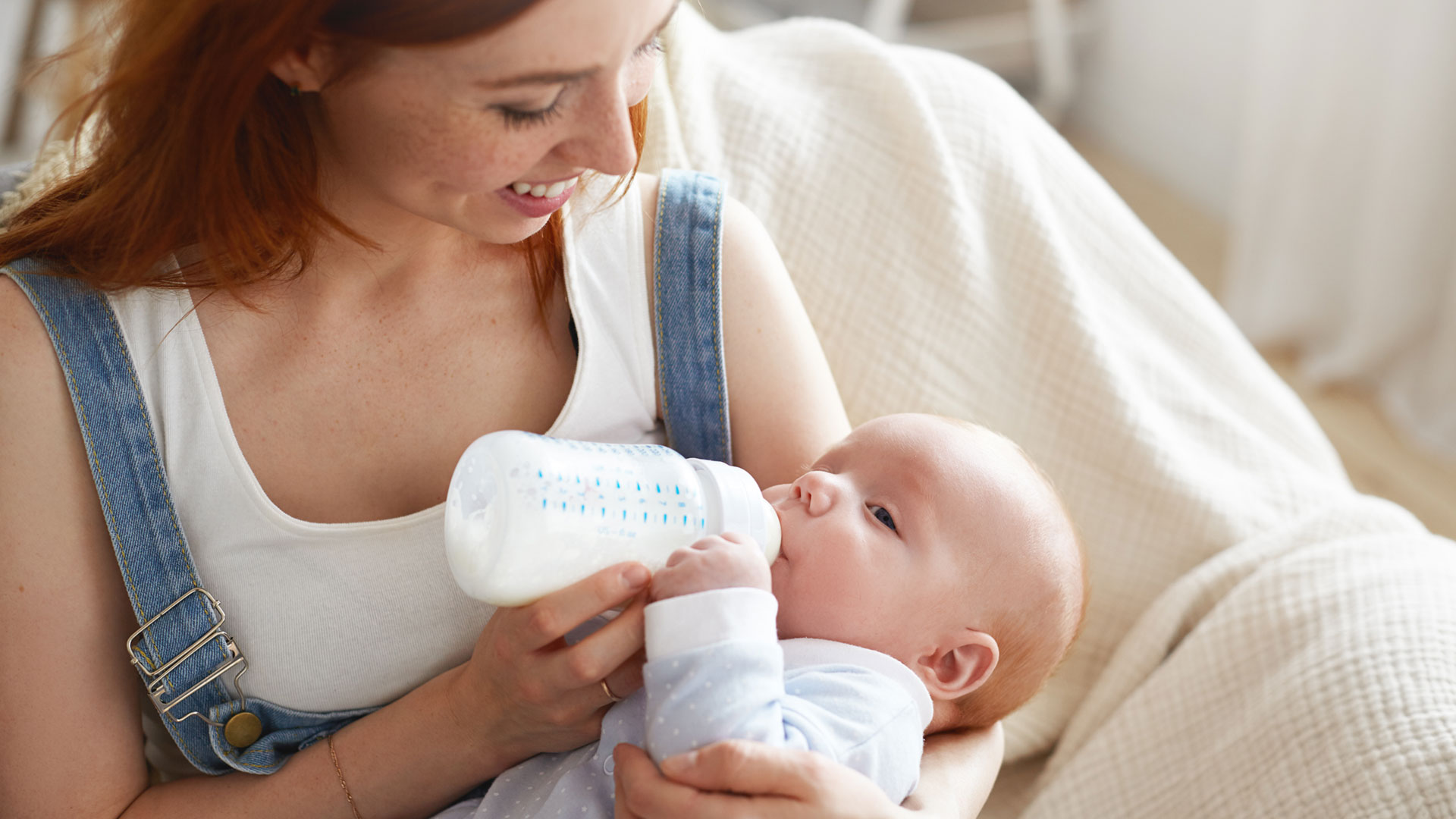Health experts agree that children need at least 60-minutes of physical exercise per day. Physical exertion is about far more than weight management or heart health. Movement during childhood supports positive brain development across the left and right hemispheres, is essential for building adequate muscle and bone mass, and helps kids to sleep better at night. Physical exercise also improves moods and reduces a child’s risk for depression and anxiety.
Does this mean your kids need to hit the gym with you? Not at all (although that’s not a bad idea…). There are all kinds of ways to incorporate exercise into a family’s everyday activities.
7 Easy Ways to Get Your Kids to Exercise Each Day
If your child has a regular P.E. program at school, plays year-round sports, or is naturally physically active (chooses to run, ride bikes, play at the park, jump on the trampoline, etc.), this message is not for you. Keep a time tally. Odds are you’ll notice active kids move 60 minutes or more per day on their own.
However, if your child is more of a sedentary bookworm, gamer, or doesn’t enjoy sports, we have seven easy ways to get them to exercise daily.
1. Set a good example
There is no doubt that your parent modeling is essential here. That doesn’t mean you need to don a coach’s cap and blow a whistle. However, your commitment to moving every day goes a long way toward setting a positive example children can follow.
The younger your children are, the more delighted they are to do everything with you – so use movement time as a way to bond, connect, and communicate. Together, you can create weekly habits that carry them through the more difficult teen years and beyond.
2. Morning exercise time
Stretching and intentional movement are wonderful ways to start any day. Morning workouts increase flexibility, balance, and strength. They also help to focus the mind.
Instead of checking your phone first thing, keep tech off and watch the TV instead. And, by TV, we mean streaming some of the amazing fitness and stretching videos available on YouTube.
Examples include:
- Morning Family Stretches #1
- 15-Minute HIIT Workout
- 12-Minute Fun Family Yoga Workout
- Aayu & Pihu Show Family Yoga Challenge
- Boss Family 20-Minute Groovealong
That last video takes us right to #3…
3. Spontaneous dance parties
We can’t say enough about spontaneous dance parties. There are pre-made dance party playlists on just about every music platform (YouTube, Spotify, Pandora, Apple Music, etc.). Put one on and start dancing.
Dancing is proof that exercise can and should be fun. Make sure the dance parties are equitable by taking turns choosing the playlist. Better yet, create your own list of Family Favorite Dance Hits – adding to it over time.
4. Walk the dog(s)
Instead of feeling guilty about all the walks you should be taking with the dog(s), turn that guilt around and start acting on it. A 30-minute walk goes by in a flash. If your children are old enough, make walking the dog a part of their family contribution. If not, use the time to walk together. Your dogs will love the extra attention and the exercise benefits both the two- and four-legged participants.
5. Park in the furthest parking space (and take the stairs)
What message are we teaching our children (and reinforcing for ourselves) when we drive around hunting for the closest parking place? We matter more than people who can’t walk as far? Being lazy trumps being active? Quicker is better?
Flip that script around! Start parking in the furthest place instead. If it’s safe and age-appropriate, you might even speed walk race each other to the destination.
Similarly, why take elevators when you can take the stairs? Most kids love the stairs, and it’s always interesting to explore the stairwells of multi-story buildings. Often, the acoustics are grand – allowing you to bust your best singing moves as well.
6. Make outdoor activities a weekend tradition
The Portland area is a goldmine for beautiful outdoor locations – and opportunities to be active in the great outdoors. Make it a family tradition to participate in one outdoor activity per weekend.
Start by exploring our region’s amazing hiking opportunities, and see what activities excite your children. Swimming? Rock climbing? Kayaking? Trail running? Mountain biking? This will be the beginning of serious family memory building.
7. Walk or jog together while waiting for siblings
Have a kid who’s active in sports or extracurricular activities? Odds are you, and the other child(ren) spend quite a bit of time waiting for practices to finish. We recommend using some of that waiting time to walk, jog, or bike together. Instead of sitting in your car, spend those extra hours exploring local neighborhoods or playing together at the park.
You’ll be amazed at how much you learn about your child because kids are more apt to open up when their bodies are in motion – and when parents consciously try to listen.
Take a Proactive Approach to Children’s Health
Incorporating exercise into everyday activities is a simple way to take a proactive approach to children’s and family health. Are your children due for their wellness visits? Is there a red flag you’d like to talk about regarding your child, tween, or teen? Pediatric Associates of the Northwest is standing by. Contact our office to schedule an appointment or access your patient portal to run questions or concerns by your healthcare provider.





